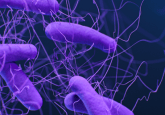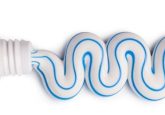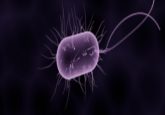Medical devices to come out smelling of roses
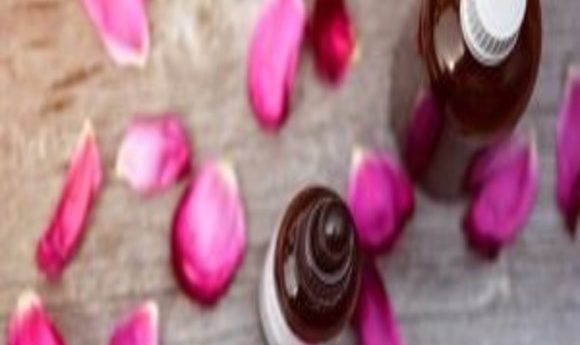
Essential oils could be utilized to provide an antimicrobial coating to medical devices, preventing infections.
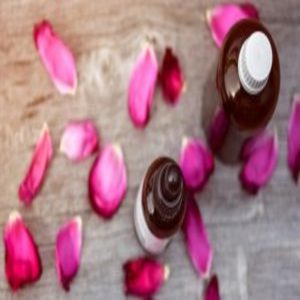
Medical devices, including implants, are thought to be the cause of an increasing number of unplanned surgeries in order to fight bacterial infections, as the devices are often subject to bacterial activity, which develops biofilms on their surface.
“Just in the US, about 17 million new biofilm-related infections are reported annually, leading to approximately 550,000 fatalities each year. It’s thought about 80% of worldwide surgery-associated infections may relate to biofilm formation,” commented Mohan Jacob, head of Electrical and Electronics Engineering at James Cook University (Queensland, Australia).
In an attempt to resolve this problem, a team of scientists led by Jacob set out to convert plant secondary metabolites (PSMs), such as tea tree oil, into polymers to coat the medical devices.
“They’re derived from such things as essential oils and herb extracts and they have relatively powerful broad-spectrum antibacterial activities. PSMs are a low-cost renewable resource available in commercial quantities, with limited toxicity, and potentially, different mechanisms for fighting bacteria than synthetic antibiotics,” explained Jacob.
In order to successfully coat the devices, they needed to convert the liquid PSMs into solid polymers without losing the effectiveness of the product. The researchers were able to force the essential oils into vapors, which then settled onto the device in a solid layer. As team member, Katia Bazaka, said:
“We used plasma-enhanced techniques within a reactor containing the essential oil vapors. When the vapors are exposed to a glow discharge, they are transformed and settle on the surface of an implant as a solid biologically-active coating. These have shown good antibacterial properties.”
The technique is safe both health-wise and environmentally, as there is no necessary chemical involvement.
The team’s research could also provide hope in an era where overuse of synthetic antibiotics is rapidly leading to completely ineffective treatments for bacterial infections.
